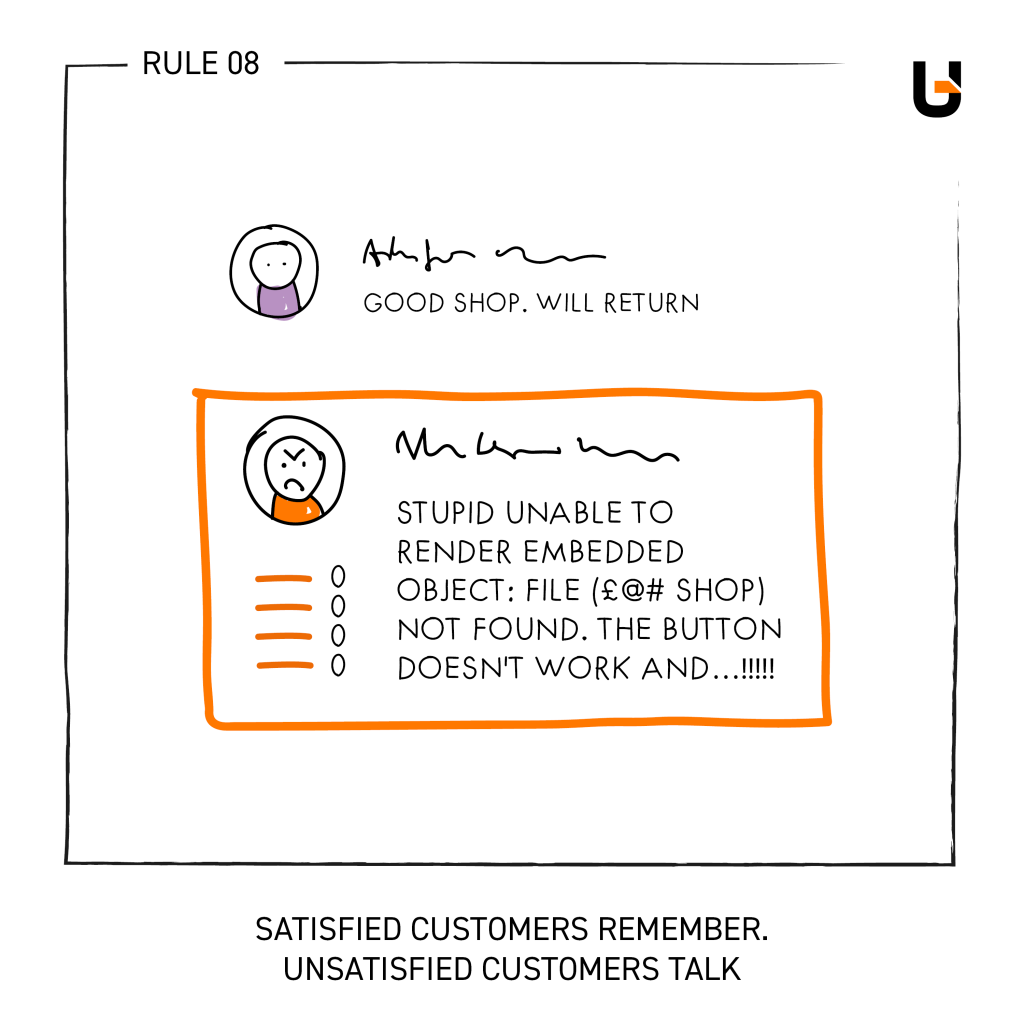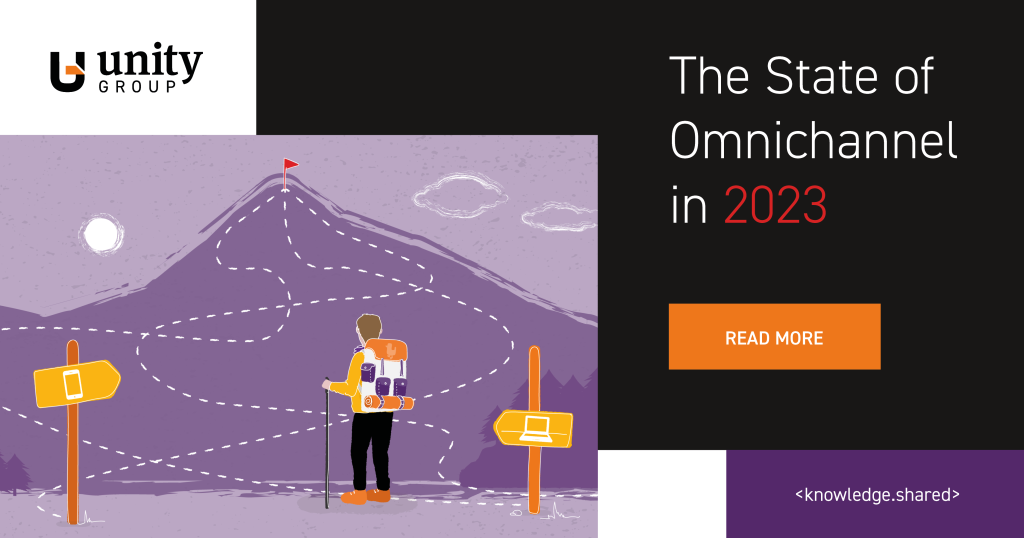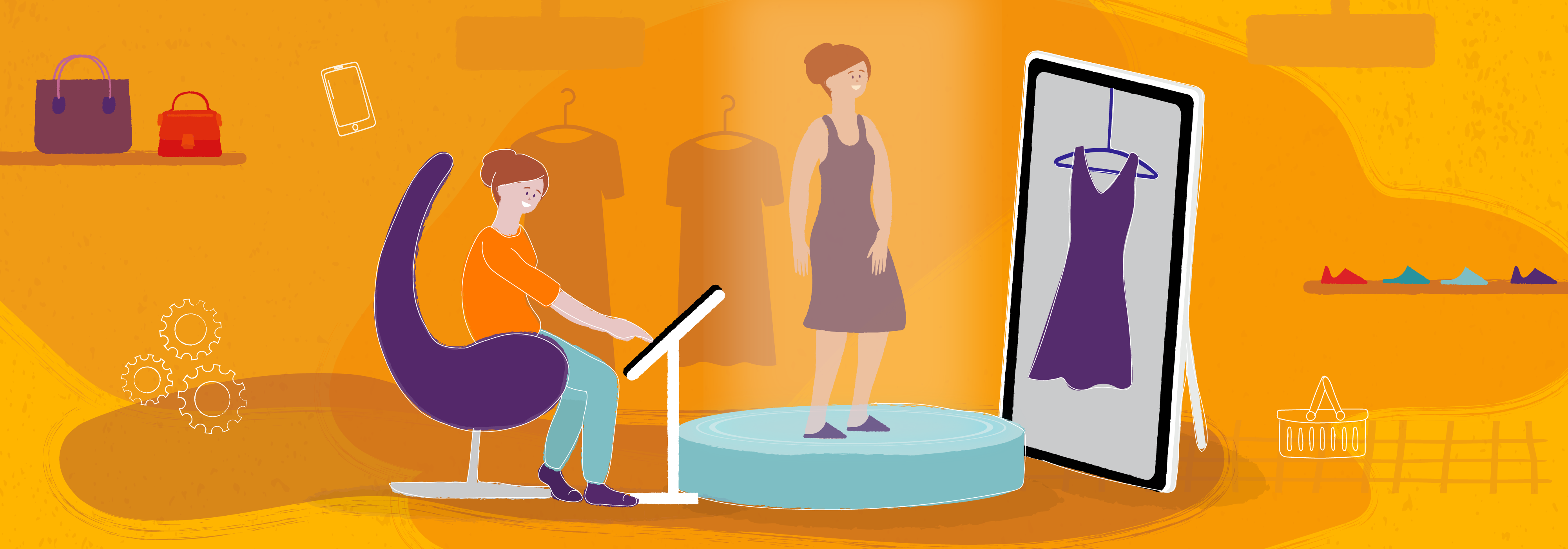Experiential Retail Stores / Brick and Mortar for the Digital Era
Despite numerous attempts to destroy the sector for good, physical retail stores still form a key part of regular business activity.
Of course, while most brick and mortar retailers are at least expanding online, there’s now a more competitive retail sector and even the biggest chains need to up their game.
In our eternal quest to uncover every possible buzzword, we wanted to look at the rise of experiential retail and it’s advantages over traditional physical stores, and even online shopping channels. Does it change in store shopping? Is it an innovate store concept or just a trend for something obvious? Will we keep asking ourselves questions? Let’s find out!
What is Experiential Retail?
Experiential retail is a label applied to a range of techniques and methods for creating memorable retail experiences in brick and mortar stores, often using digital technology to bring traditional retail to the modern era. Through various means, such retail chains strive to provide more memorable retail experiences to ensure their brand stands out.

In other words, it doesn’t leave the humble brick and mortar locations behind, instead updating the retail strategy to attract as many customers as possible, both to increase immediate attention and enhance long term customer value through a solid value proposition at every channel.
Experiential Retail Examples
Let’s use an obvious example: Nike. For a long time, this brand relied on third party retailers over a D2C business model. Now, the company’s flagship store in New York might actually be a little overkill… across 5 floors, the store concept features treadmills, sports areas, a customized shoe service and even on-site coaches to help customers with their new shoes. Even in smaller, local stores, Nike offers unique products and a high focus on excellent customer service.
Lululemon also does something similar, offering yoga classes and other exclusive in store services and local events inside it’s retail space. The parallels are clear – get people in, build a community and then develop sales later.
The results? Earlier this year traffic in Lululemon and Nike stores were up 11% and 6% respectively, while overall traffic for the sporting goods sector was actually dropping. Ask your marketing team – they’ll tell you that traffic matters. You can’t convert people if you can’t even get them past the front door, no?
And yet, in many cases, we can even argue that experiential retail isn’t something entirely new either. It’s not surprising that the world’s most famous D2C furniture chain, IKEA, is synonymous not only with its products, but also with its in-store experience. Is there a connection between furniture and meatballs? No – but there is a connection between IKEA and the feeling of leaving well fed 😉
If we think of the cosmetics sector for example, companies such as Lush stand out by offering a unique experience in visuals, sound and, of course, aromatics in their physical retail spaces. That last one can’t be replicated in an online shopping experience.
The Benefits of Experiential Retail
There are many reasons to enhance your in store shopping experiences, and increased revenue is but one of many. From improving consumer behavior at all stages to simply getting your brand name out there, here’s how an experiential retail strategy can return on its investment.
Attract New Customers
Online, it’s often said – very frequently said, even – that great UX and loading times are paramount to customer satisfaction. Well, the same is absolutely true of in-store experiences. Long queues? Customers are gone. Impolite staff or poor customer service? Customers are gone. Missing or hard to find products? You get the picture…
When everything is available online, store locations need to make a more compelling argument. Not everyone wants to browse products. They can do that at home, after all. A bigger incentive can help entice those who wouldn’t otherwise enter. Experiential retail can help the humble brick and mortar retail store stand out amongst your high street peers.
Greater Customer Engagement
Don’t put customers in a “to buy or not to buy” situation. Give them more options. With less binary choices, shoppers have more opportunities to engage with your brand. And, as we all know, more engagement typically leads to an increase in sales down the line. Great customer experience is a key driver to conversions down the road – so what’s wrong with having more of it? 😉
Brand Loyalty
For many commercial areas, customer experience drives brand loyalty more than just the pricing or even quality of the prouct itself. People remember how you made them feel, and that translates heavily into their decision to come back or not. So, if you foster brand loyalty, you will be rewarded down the line.
But this also goes both ways – around 1 in 3 people will abandon a brand after one poor experience, and by two or three such terrible encounters, this rises to 9 out of 10. Going above and beyond customer expectations can lead to a more loyal following, but cutting corners can easily cost you just as much.
Better Differentiation
Brand identity also goes hand in hand with brand awareness. The chances are you’re not the only player on the market offering your products or services. So how can you stand out? Sure you can be cheaper but, as we mentioned ealier, some customers don’t care about that so much as they care about customer experiences.
It’s also worth nothing that there are arguably just a small handful of brick and mortar store chains that can avoid experiential retail or other innovative experiences. Primark, for example, banks exclusively on its cheap-to-quality ratio of goods, exclusively expanding by opening store locations, to the point that it even eschews typical online retail functionality – customers can click and collect in store as of 2022, but delivery isn’t an option. But very few retail chains have that luxury.
Shift to a customer centric brand proposition based around engagement, and you’ll stand out as the experiential brand, not the pushy brand, salesy brand or just-plain-cheap brand…
Positive Word of Mouth
Generally speaking, people talk more about their negative experiences than positive ones. This is often because the positive experiences feel “fine” while the former feel particularly emotional. So, what if you went above and beyond a “fine” experience?

When companies do something a little different and beyond the expected norm, people talk. Personal recommendations are still a key way to attract a wider audience, after all.
Free Brand Exposure
On a similar note, we should also point out that, if you create enticing spaces or activities in stores, visitors will actively want to share them. In today’s world, getting users to take photos and post them online (of course, hoping they tag you) while doing their in store shopping is a big win for business – people are spreading brand awareness for you!
5 Ways to Enhance the In Store Experience
Every business and sector is different, so we can’t apply a one-size fits all experiential retail strategy. Instead, we want to provide the broader strokes: the key or most common aspects behind an experiential retail experience. You’ll need to use some common sense to determine what works for you.
So, here are just a few broad ways to bring a digital store experience to your brick and mortar locations. Just to be clear: we’re not focusing on flagship stores, but rather addition that can be made to introduce experiential retail to a wider level of locations.
Technology Integration
Of course, we’re going to lead with the most digital of all possible actions. Touch screens, displays and other interactive elements don’t just help users engage, they can also integrate the wider business. Curious about deliveries, product customization or other information? Such digital displays offer a hassle-free way for shoppers to get the info they need in an enjoyable and pain-free way.
In the more extreme of cases, AR and VR can be used to help customers sample products and – you guessed it – engage with the brand.
Omnichannel Integration
On a similar note – we’ve already mentioned the somewhat-obvious fact that your retail store is just one channel out of many. So why not connect it with the rest? Implement omnichannel offerings consumers enjoy, and they will be sure to use it.

For example, why not enhance your company’s app to have in-store features? Loyalty points are an easy go to option, but what about the ability to pick up in-store, arrange expert consultations or save details (shopping lists, product customizations etc) for later consideration? Be a little creative – that’s how experiential retail stands out!
Enable Employees
Knowledgeable sales associates go a big way in building positive experiences. Whether online or offline, we can also say that properly equipping staff also strengthens customer relationships and maintain customer retention in the long run.
And yes, this also isn’t new either. Just like total experience before it, this is another longwinded way of saying that properly tooled employees will directly translate to a better experience for the customer. Whether that’s online or in store, this simple fact doesn’t change.
Give store associates the tools to do their jobs better, and they’ll greatly enhance the brick and mortar experience for customers as a result. There’s nothing ground breaking revolution here – just a solid value proposition.
Build a Community
For brands that want to stand out, they need to move beyond just selling products. The best brands invest in expertise-driven communities. They build rapport, whether on a global or local scale, through events and even in-store interactions to build familiarity.
Of course, this is a key area for physical retail stores and digital channels ot overlap. Social media is a great tool for this and, indeed, experiential marketing is it’s own thing. But also think about content commerce and more engaging interactions.
If you ask the right questions and make time to listen, you can receive immense valuable customer feedback that you can then put to wider strategic use. And of course, if you build a community and get people talking, they’ll even generate new customers for you.
Prioritize Memorable Moments
A key trend in all of the above benefits and examples is that they don’t simply define consumer behaviour as how quickly they are to buy the desired product. In today’s omnichannel world, we know that users often utilize multiple channels before making a purchase, and stores might not always be the final stage of the customer journey.
Now, a store is still a store and we fully expect revenue to be a continued and vital goal, but companies like Lululemon showed that getting people in – and getting them talking – is often just as critical.
And What If You Don’t Have Physical Stores?
Of course, in this reality we don’t expect businesses to blindly invest in multiple stores up and down the land. Creating retail spaces – even bland and unimaginative ones – is an expensive investment. However, that doesn’t mean there isn’t something to learn from our traditional brick and mortar retailers.
Pop-up stores, for example, could be a great way to build brand loyalty through in-person experiences. If you’re already active online, you’ve probably got a wealth of customer intelligence data, including key locations, preferences and interests. This approach still provides plenty of chances to borrow from the experiential retail mindset. And nobody ever said experiential retail stores need to be permanent operations 😉
They’re also great for marketing purposes, allowing you to test consumer demand directly, generate feedback and even get people to engage in further channels such as newsletters, social media and more.
In Short? Experiential Retail is The Next Step in Customer Centric Brand Proposition
Experiential retail projects provide a chance to stand out from the competition, create a brand loyal customer base and improve customer satisfaction before even making a sale… but yes, also after!
And while it’s situational, the core logic of experiential retail is nonetheless hard to deny. Prioritize consumer engagement, offer memorable experiences and engage with potential customers in order build a memorable and desirable brand. While augmented reality and other techs are pushing the digital space, we should also be evaluating how technology can provide a more immersive in store shopping experience.
And all of that’s been true for a long time now and, buzzwords be damned, will continue to basically be the point of most retail strategy moving forward.
Is this for everyone? No, of course not. We don’t think the local corner shop needs to invest in a next level brand identity or in store classes. But then, their value proposition is based on accessibility and convenience. Is yours? 🙂








